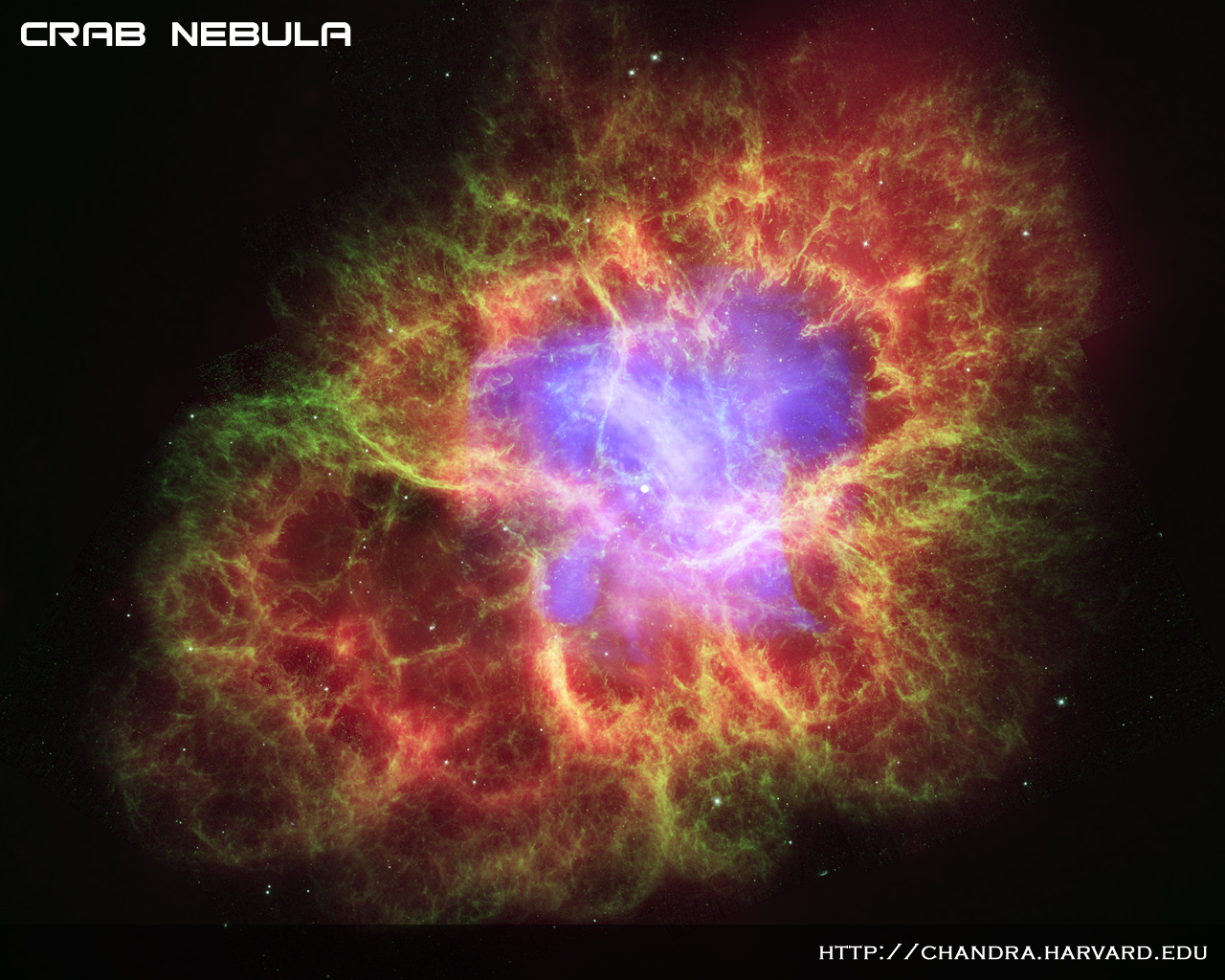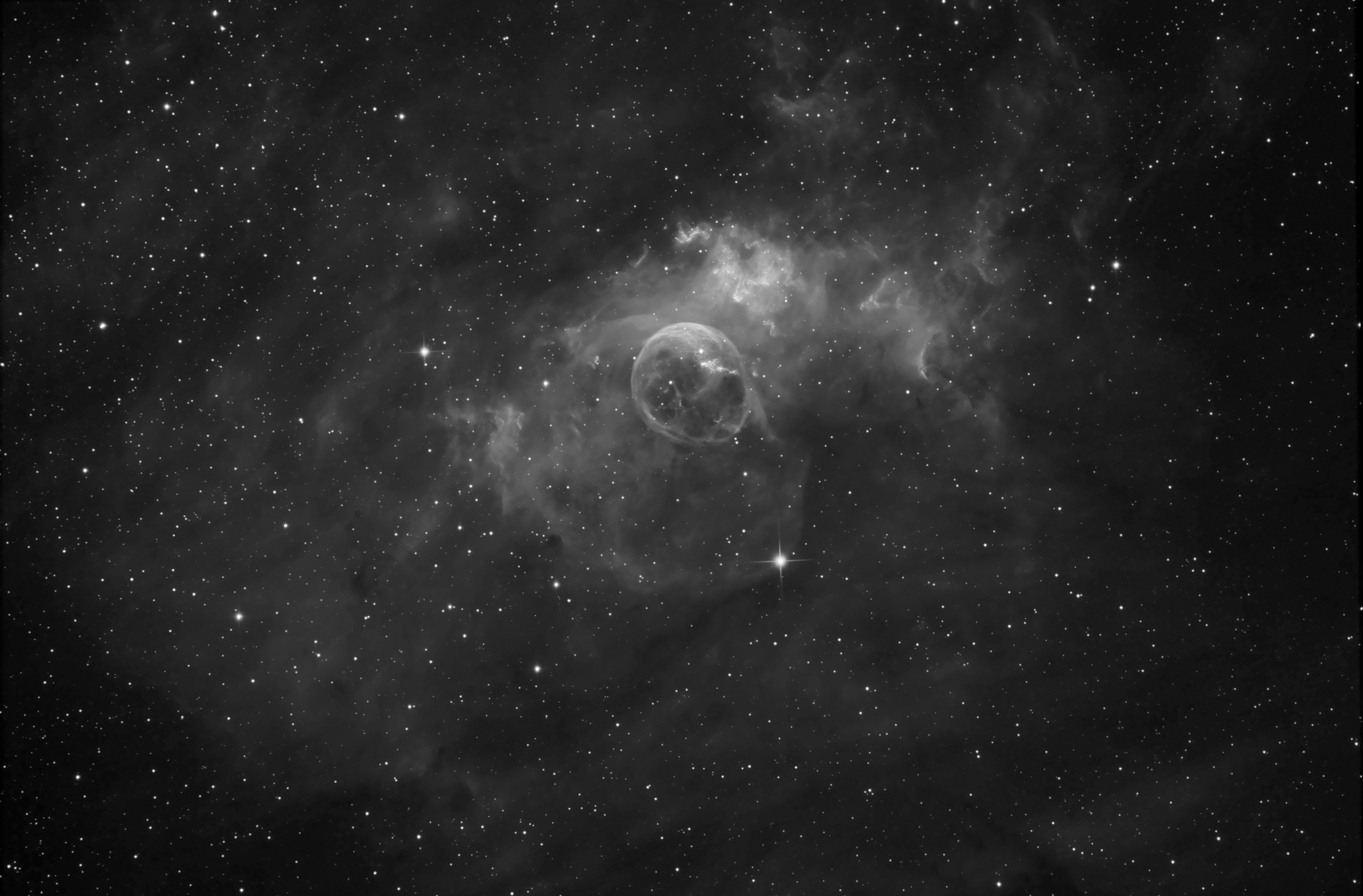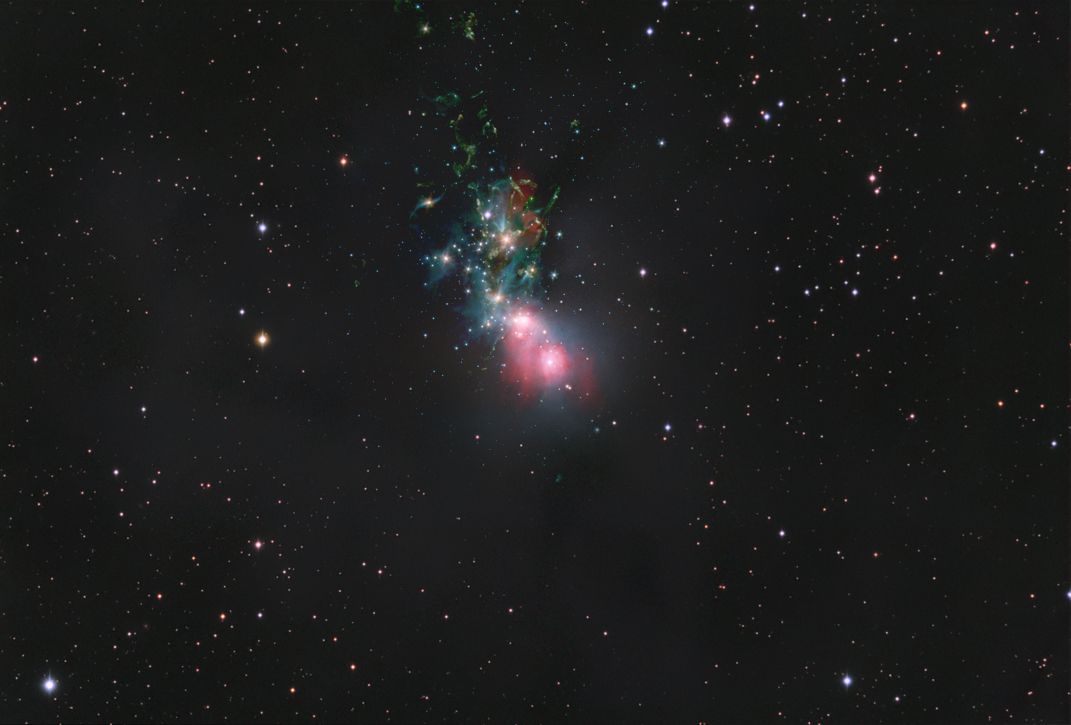I have seen the moon for the past few days but I had not published any blogs. I saw the moon around 7-7:15pm and it was a waxing crescent. As it was still light I did not see the whole outline of the moon only the crest. I did notice how the moon has gradually gotten bigger, compared to how I saw it earlier in the week when it was a thin crescent.
Pine View Astronomy
Friday, October 27, 2006

APOD post: Composite Crab
The Crab Nebula is M1, the first object in Messier's list. The Nebula is in fact a Super Nova Remnant. Its clouds expanding and fueled by the Crab Pulsar a neutron star spinning 30 times a second. The star is the collapsed core of the massive star that caused the explosion, which was seen in 1054. The star is the bright spot near center of the picture. The picture itself is a false color image taken from various satellites incuding Hubble, Spitzer, and Chandra.
The Crab Nebula is 12 light-years across and is 6,500 light-years away in the constellation Taurus.
Friday, October 20, 2006
October 20, 2006
This morning at 7:00am I saw the waning crescent moon. I only saw a brief glance but I could tell it was very skinny. The crescent was at the bottom of the moon but I thought it was slightly tilted to the left. Yesterday morning (I think it was yesterday) I saw the moon at about the same time and the crescent was at the bottom, so it was perpendicular to the ecliptic.

Apod: NGC 7635 The Bubble
The picture of NGC 7635 or The Bubble Nebula is taken long exposure with hydrogen alpha light, a type of hydrogen whose emission is visible in the red part of the spectrum and is used to find ionized hydrogen in gas clouds. The Bubble is 10 light-years in diameter and is formed from stellar wind and radiation emitted from the star located above right of the center of the bubble. This star is 10-20 times more massive than our sun. The nebula is 11,000 light-years away in the constellation Cassiopeia.
Saturday, October 07, 2006
Friday Oct. 6 at 9:00pm
My dad and I went out to look at the moon. We set up his telecope on our drive way, I don't know what kind it is but it looks like a Cassigran type. The night was clear and warm. The sky was bright though because the moon was almost full. I did look at the moon through the telecope, but it was too bright so I looked at other stars. There weren't a lot of stars visible because of the moon, but I did look at Polaris, Vega, and Epsilon Lyra.
Friday, October 06, 2006

APOD Entry: Dusty NGC 1333
NGC 1333 is a reflection nebula in the constellation Perseus. The blue seen in the picture is due from emissions of the main central star. There are many other stars being formed but they are obscured by the dust surrounding the nebula. The stars themselves are about 1 million years old, relatively young in cosmic standards. Infrared light can penetrate the dust clouds and see the stars and there emissions. The turbulent conditions are thought to be similar to the environment in which our own sun was formed.
The nebula is 9' in size and is only 1000 light years away. It is part of the Perseus OB2 molecular cloud complex, one of the nearest star forming regions in the Milky Way.
